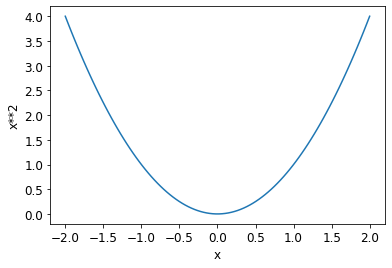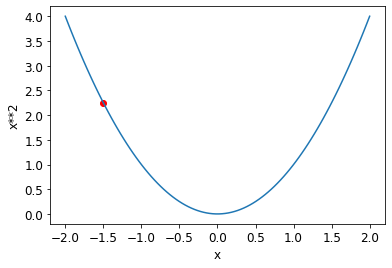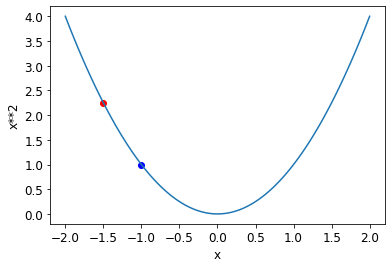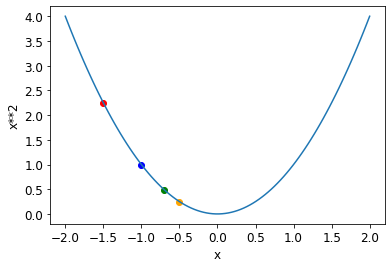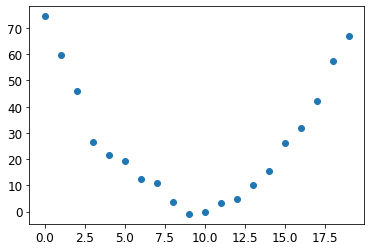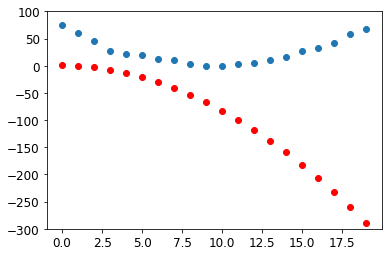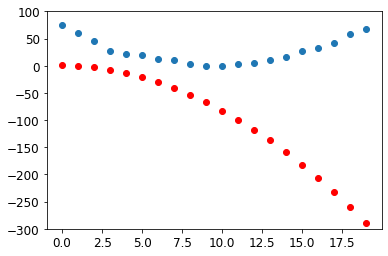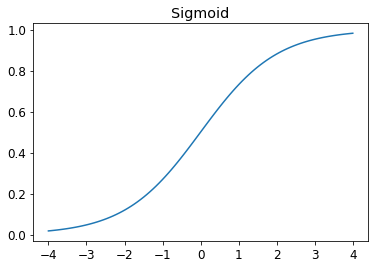! [ -e /content ] && pip install -Uqq fastbook
import fastbook
fastbook.setup_book() |████████████████████████████████| 719 kB 27.5 MB/s
|████████████████████████████████| 5.3 MB 55.1 MB/s
|████████████████████████████████| 441 kB 70.9 MB/s
|████████████████████████████████| 1.3 MB 56.3 MB/s
|████████████████████████████████| 1.6 MB 57.3 MB/s
|████████████████████████████████| 115 kB 72.1 MB/s
|████████████████████████████████| 163 kB 71.5 MB/s
|████████████████████████████████| 212 kB 55.8 MB/s
|████████████████████████████████| 127 kB 75.4 MB/s
|████████████████████████████████| 115 kB 75.4 MB/s
|████████████████████████████████| 7.6 MB 56.7 MB/s
Mounted at /content/gdrive






